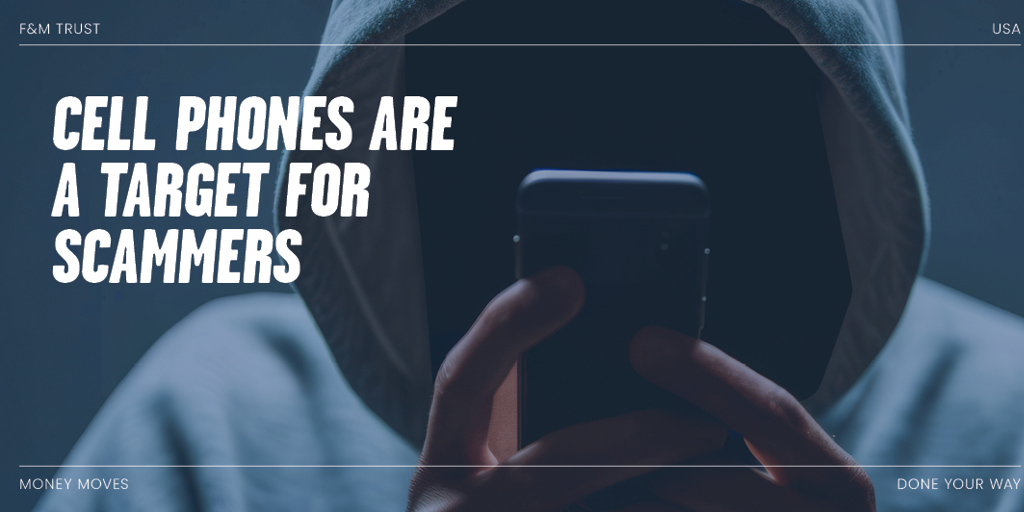


Cell phones are a target for scammers
You guard your personal identifying information against scammers, but does this include your cell phone? Access to sensitive online accounts like banking and payment services often depends on two-factor authentication, like a security code sent to you by text. If scammers can take control of your mobile number, they can intercept these codes and gain access to your accounts.
Changing service providers and keeping our phone number is known as porting. Through phishing or information found on the dark web, scammers can gather enough of your personal details to impersonate you and request that your number be ported to another provider and to a phone that they control. That’s when the scammer starts working on hijacking your accounts. They might have done extensive damage by the time you realize that you don’t have service on your phone.
Here are some tips to protect yourself from becoming a victim:
- Most service providers require that you set up a password or PIN on your account. If not, request it.
- Enable both email and text notifications for your important accounts. It’s important that you act quickly when you receive notice of a transaction you didn’t authorize.
- Don’t provide personal information to anyone through text or phone call unless you’re the one who made the call.
- Protect your personal information as well as other details about your life that people could use against you (mother’s maiden name, the year you graduated high school, your pet’s name).
- Use complex, unique passwords for each account.
- Monitor your credit report and immediately report fraudulent activity or inquiries.
If you believe your cell phone has been compromised by a scammer, visit your service provider immediately. Contact your financial institution, any companies with accounts that were affected, and the police.
Ray Wills is security officer for F&M Trust.
Recent Articles
Join our e-newsletter
Sign up for our e-newsletter to get new content each month.






















